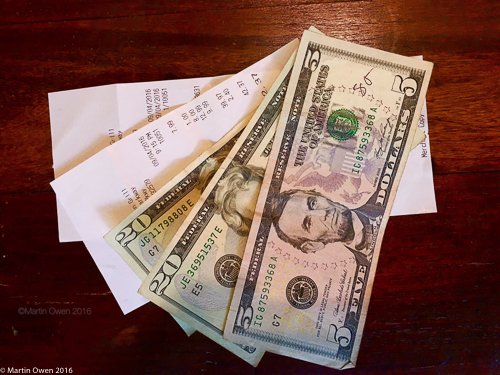Tourism situation – now.
This article appeared in the Northwest Florida Daily News on Sunday, June 19, 2017
By this time of the year, we are usually in a good position to know what sort of success the tourism industry is having not only locally, but nationally and internationally, as well. At the midpoint of 2017, the state of the tourism market is throwing up all sorts of conflicting results.
Here in Northwest Florida, where only 1 percent of our tourism is currently of international origin, we think that our domestic, drive-in visitors make us immune from trends in other sectors. Strangely what happens in one market does have an effect on the other areas.
First, the good news. Our local hospitality professionals are reporting excellent advance bookings for the summer season and bed tax collections have been up for the first quarter of the year. Important also is that bookings for attractions and experiences have been very strong in the first quarter and advance bookings are ahead of last year.
Visitors to Florida were up by 2.5 percent for the first quarter of the year over 2016 with 3.1 million visitors arriving. Visitors from Canada and UK were down but an increase in domestic visitors more than filled the gap.
Statistics from credit card companies for Northwest Florida show an increase in spending from cards with Canadian, UK and German addresses. Okaloosa County’s DMO (Destination Marketing Organization) feels this can be put down to Canadians preferring our area to central and south Florida, and that new flights into New Orleans from London and Germany may be bringing visitors here.
On the other side of the coin, the strength of the dollar against overseas currencies and other factors may discourage Europeans from heading to U.S. destinations. Some areas of Florida are seeing drops in online inquiries from the UK by as much as 60 percent. Foursquare, a location technology company, says that America’s market share of international leisure tourism declined an average of 11 percent between October 2016 and March 2017. However, the financial attractiveness of traveling to Europe has seen a huge increase in Americans heading east across the Pond with an 80 percent jump in U.S. to UK bookings reported by Expedia, an on-line travel agent.
So, nothing really conclusive, but the trend is currently good for Northwest Florida, which relies on domestic tourists. But with fewer internationals coming to the U.S. and more Americans traveling to Europe, the U.S. destinations that usually welcome overseas guests may start looking at attracting “our” domestic visitors. That’s not a good portent for 2018.
If the proposal to close Brand USA and the cut to Visit Florida’s budget from $100 million to $25 million goes ahead, then the Sunshine State will loose out to California and other domestic and foreign places. Areas like Orlando and south Florida may use their budgets and publicity to try to steal “our” visitors. It’s a distinct possibility.
It’s essential that the Gulf Coast destinations redouble their efforts to keep our exiting visitors and develop new markets as soon as possible. Nothing is definite, and we look set to have a really good 2017, but 2018 … who knows?
Martin Owen is an independent consultant to the tourism industry and owner of Owen Organization in Shalimar. Readers can email questions to martin@owenorganization.com.
It should be noted that since this piece was written, the Florida Legislature have authorized a $75million budget for Visit Florida, albeit with severe restrictions on their ability to operate effectively.







 .
.